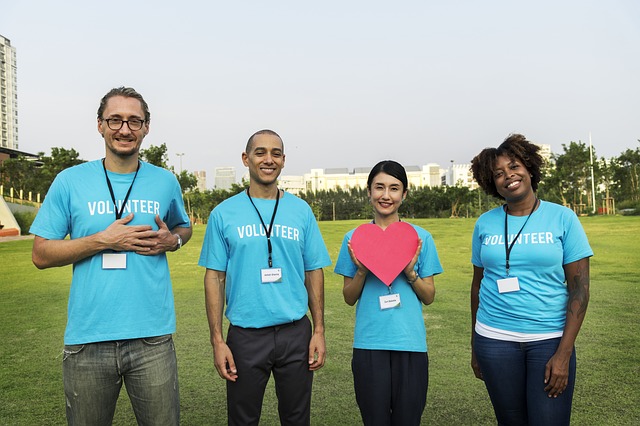Jon Kabat-Zinn, international expert in mindfulness and its positive effects on mental health, provides some important insights about being present in-the-moment. Jon, author of Wherever You Go, There You Are, presented on Mindfulness Monthly, and focused on mindfulness for living each day. His emphasis was on the fact that mindfulness meditation is not an end in itself but a preparation for, or conditioning for, everyday living.
He argues that through mindfulness we develop the capacity to cope with everyday life and its challenges and demands – whether emotional, physical, economic or relationship-based. He urges mindfulness practitioners to avoid the temptation to pursue the ideal meditation practice or the achievement of a particular level of awareness as a goal in itself. He argues that the “Now” is the practice ground for mindfulness – being open to, and fully alive to, the reality of what is. Being-in-the-moment can make us aware of the inherent beauty of the present and the creative possibilities that are open to us.
Dropping in on the now
Jon suggests that we “drop in on the now” as a regular practice to keep us in touch with what is happening to us and around us. This involves being willing to accept whatever comes our way – whether good fortune or adversity, joy or pain.
He maintains that being present entails embracing the “full catastrophe of human living”- the theme of his book, Full Catastrophe Living: Using the Wisdom of Your Body and Mind to Face Stress, Pain, and Illness. This means accepting whatever is unfolding in the moment, whether “challenging, intoxicating or painful”. It also means not seeing the present through the prism of our expectations, but through an open-heartedness. As we have previously discussed, so much of what we see is conditioned by our beliefs, unless we build awareness of our unconscious biases through meditation and reflection. Being mindful at work through short mindfulness practices can assist us to drop in on the now.
Taking our practice into the real world
Jon challenges us to take our practice of mindfulness into the real world of work, family and community. He expresses concern about the hatred and delusion that is evident in so much of our world today – a state of intoxication flowing from a complete disconnection with, and avoidance of, the human mind and heart.
Jon urges us to do whatever we are able, within our own realms of activity, to treat ourselves with kindness and compassion and extend this orientation to everyone we interact with – whether in an official/work capacity or in a personal role interacting with people such as the Uber driver, the waiter/waitress, checkout person or our neighbour. We are all interconnected in so many ways and on so many levels – as an embodied part of the universal energy field.
Jon reminds us that increasingly science is recognising the positive benefits of mindfulness for individuals and the community at large. He stressed that neuroscience research shows that mindfulness affects many aspects of the brain – level of brain activity, structure of the brain and the adaptability of the brain (neuroplasticity). Mindfulness also builds what is termed “functional connectivity” – the creation of new neural pathways that build new links to enable parts of the brain to communicate with each other. Without mindfulness practice much of this connectivity remains dormant.
As we grow in mindfulness, we can become more present to what is happening now in various spheres of our lives, become more aware of latent opportunities and creative possibilities and more willing and able to extend compassion, forgiveness and kindness to others we interact with. We can progressively shed the belief blinkers that blind us to the needs of others and the ways that we could serve our communities and help to develop wellness and happiness in others.
____________________________________________
By Ron Passfield – Copyright (Creative Commons license, Attribution–Non Commercial–No Derivatives)
Image source: courtesy of SalvatoreMonetti on Pixabay
Disclosure: If you purchase a product through this site, I may earn a commission which will help to pay for the site, the associated Meetup group and the resources to support the blog.









